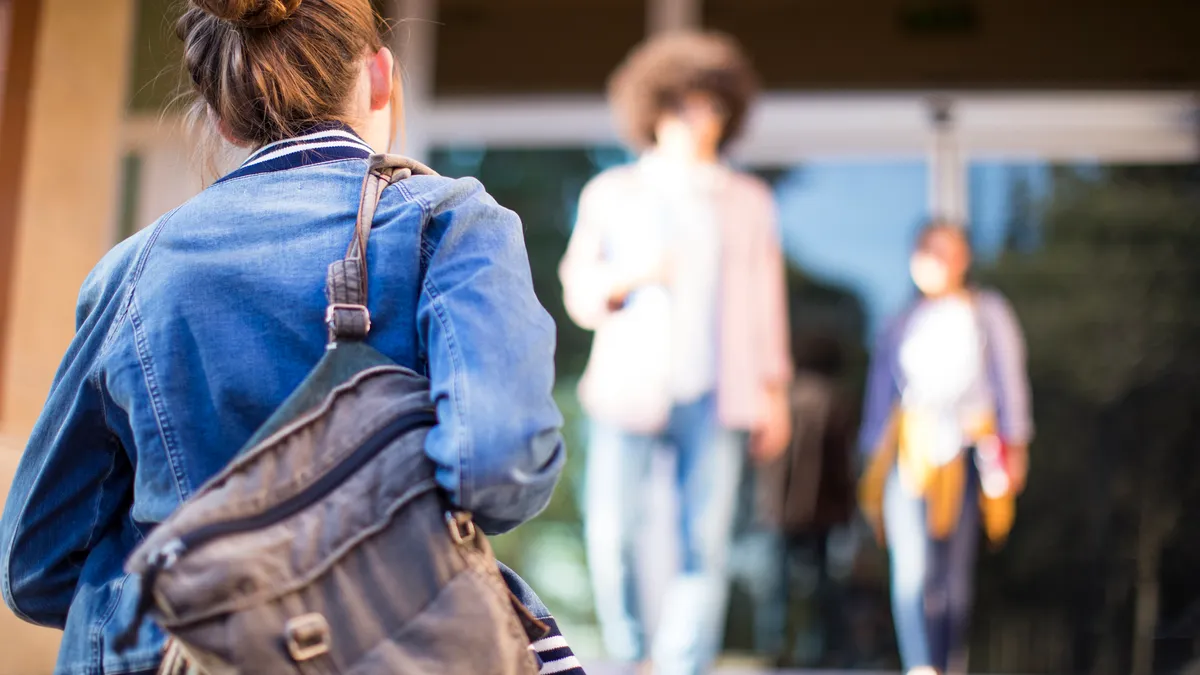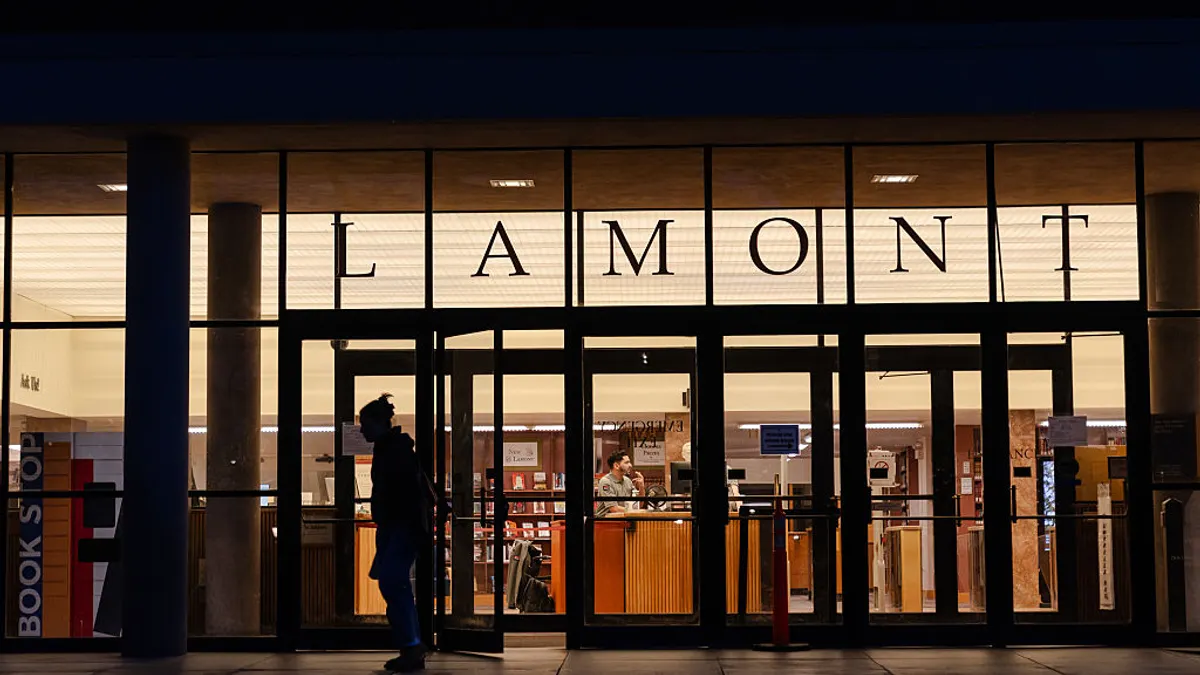Colleges have long focused on bringing in new recruits over reenrolling students who left before finishing their degrees. But with looming enrollment declines and a growing spotlight on student outcomes, some institutions are beginning to pay more attention to their stopped-out students.
For the last few years, ReUp Education has been contracting with colleges and university systems to help bring back these students. The San Francisco-based company helps institutions identify students who left without completing a credential, and it uses a mix of human coaches and automated messages to help them reenroll and graduate.
So far, ReUp has helped its partner institutions — which include Arizona State University and the Pennsylvania State System of Higher Education — bring back more than 11,000 students and around $35 million in tuition revenue. In return, ReUp gets a cut of those students’ tuition revenue.
This week, the company announced it is partnering with more than a dozen institutions to help reenroll their stopped-out students and others at any of the schools in the network. The new partnership gives students more choices for going back to college and creates a potential transfer pipeline for schools in the network, said Sarah Horn, CEO of ReUp.
To learn more about the network, Education Dive spoke with Horn about how the partnership works and some of the difficulties students may encounter when returning to college.
This interview has been edited for clarity and brevity.
EDUCATION DIVE: How does the nature of ReUp's work change by launching the network?
SARAH HORN: We have heard from students that going back to their original college was no longer going to be the best fit. That was for a variety of reasons, including geography, modality and course offerings, program needs, or the school no longer offering what the student was interested in. We had no meaningful way to continue helping them, which was fundamentally misaligned with our core mission to help students with some college credit and no degree graduate.
This model allows us to help those students find the best fit. Instead of winding down that support when students most need it, we can continue that support, help them find the best program, reenroll and and provide support all the way through to graduation.
Why is now the right moment to announce this partnership?
HORN: We have this really tragic overlap between the 36 million Americans with some college credit and no degree, and the roughly 20 million to 30 million Americans who are suddenly unemployed. Certainly millions and millions of people are out of work, and they have some college credit and no degree.
To launch the network and provide people across the country with support to find the best program so they can complete their degree — and to be able to provide that support at no cost to them — is the right thing to do at the right time.
Do you think the coronavirus crisis will draw more attention to the stopped-out student population?
HORN: In the last three months, I have not seen a fundamentally different shift of focus on stop-outs who have been out for a long time. But we've seen a renewed focus on getting students who melt or whose spring term ended abruptly to come back and stick with their degree programs.
Some colleges have created reenrollment incentives for stopped-out students, such as by offering them tuition discounts. What's the benefit of being in the network versus using a more homegrown solution?
HORN: I love that schools are focused on this, and if they have their own solution, that's wonderful. The network unlocks the opportunity to attract motivated and qualified transfer students from across the country who have some college credit and no degree. At ReUp, we’re aggregating thousands of those students — and hopefully, in the future, millions of students — and doing a lot of the front-end work to make sure students are thoughtful about where they want to go, when they want to go, and how they're going to stay successful.
How are the coaches helping students pick the right programs?
HORN: They are having conversations with students to understand their priorities, their ultimate goals and what kind of program they're looking for. What modality do they need and what type of institution would they ultimately like to go back to? Once coaches receive their answers, they have an internal database that helps to aggregate, prioritize and bring up for students a pretty short list of programmatic options that they should start researching and looking into. It's really collaborative with the students, and they drive the process.
There are several online programs in this network. Do you expect students pursuing online options will need different kinds of support services?
HORN: There's always going to be a combination of students who want to take classes on the ground and those who are better served online. The universities in our network have put together great resources and support strategies with their own academic and financial advising teams to serve these transfer students well. On top of that, ReUp’s coaching is focused on students' overall career and programmatic graduation goals, in addition to making sure they stay on track and understand the application or transfer process.
It's not necessarily more or less cumbersome if you choose to go online versus on the ground. Making the decision to restart their college education, often after being out for years, is a huge commitment.
Even though there is a large degree of enrollment uncertainty for the fall semester, do you have any explicit goals around how many students you hope to bring back through this network?
HORN: We're expecting to serve hundreds of students through this model within the next six to 12 months. It's still a moving target, but we're looking at approximately a dozen students who will be enrolled and go back to college through the model this summer. We expect that to grow in the fall and spring of next year incrementally.








